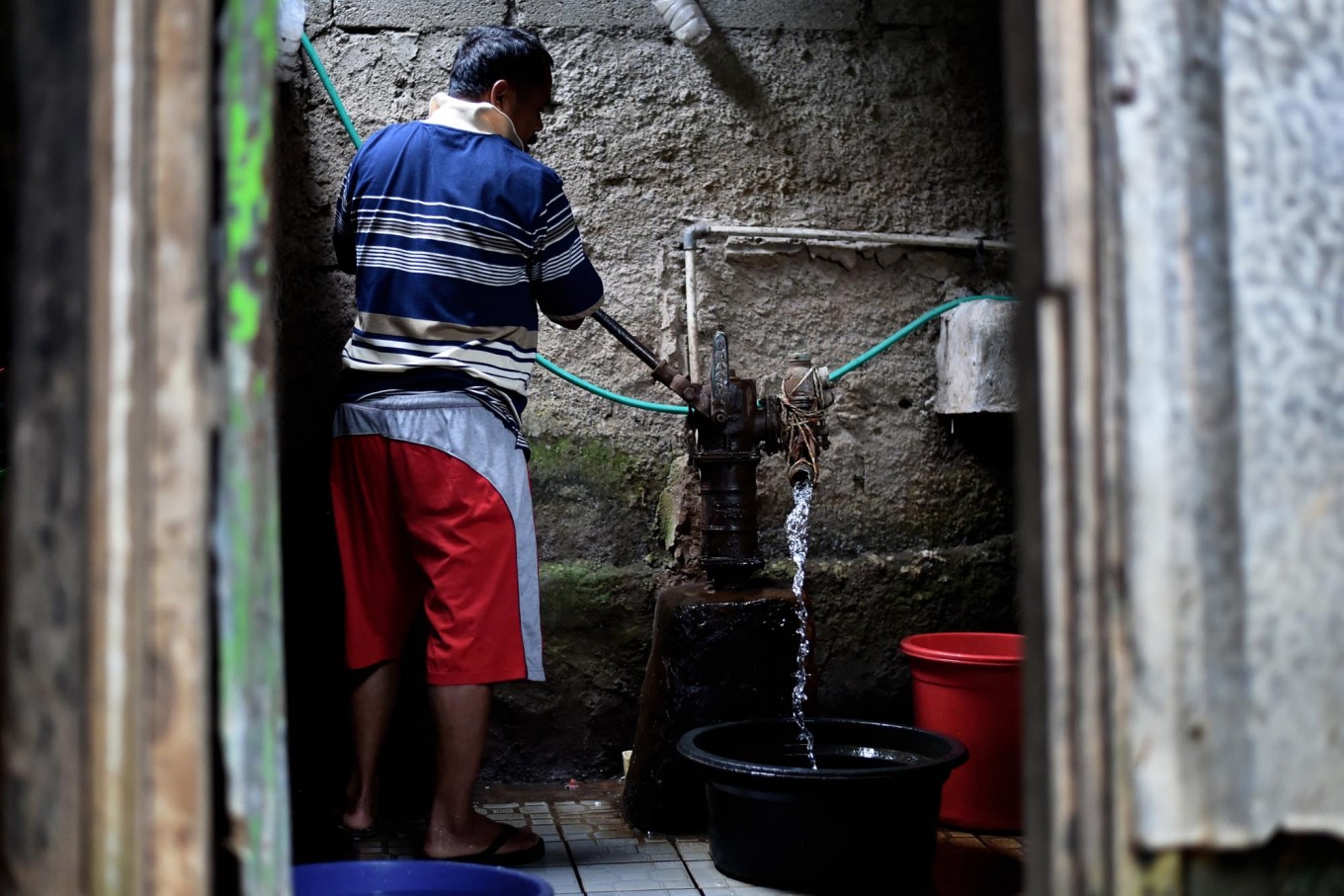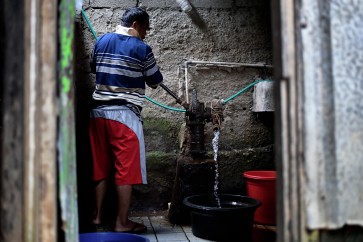Popular Reads
Top Results
Can't find what you're looking for?
View all search resultsPopular Reads
Top Results
Can't find what you're looking for?
View all search resultsIn Indonesia, challenges piling up over equal access to toilets
Two out of 10 Indonesian people live without safely managed sanitation, Statistics Indonesia (BPS) data shows.
Change text size
Gift Premium Articles
to Anyone
Most people may think that those living in urban areas can easily access toilets with running water. But data suggests otherwise.
Data from Statistics Indonesia (BPS) shows a lack of sanitation facilities in both urban and rural regions, with two out of 10 Indonesians nationwide living without access to safely managed sanitation or proper toilets.
On average, only 77.39 percent of the population has access to safely managed sanitation services in 2019, with 82.27 percent and 71.17 percent living in urban and rural areas, respectively.
The United Nations defines safely managed sanitation as the use of an improved sanitation facility that is not shared with other households and that excretion is safely disposed of on-site and transported and treated off-site.
But according to Health Ministry records, about 7.97 million households nationwide still practice open defecation and another 5.73 million share toilets.
Even in big cities like Jakarta, home to 11 million people, 134,257 households still defecate in the open, and about 179,497 families either depend on communal toilets or use their neighbors’.
Read also: Wake up and smell the pee: Public urination rampant in Jakarta


















